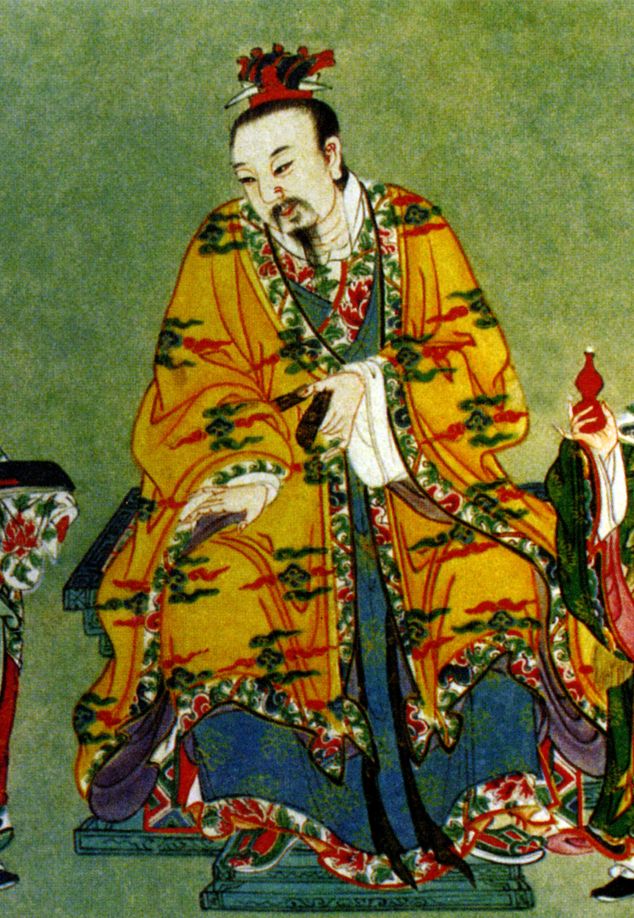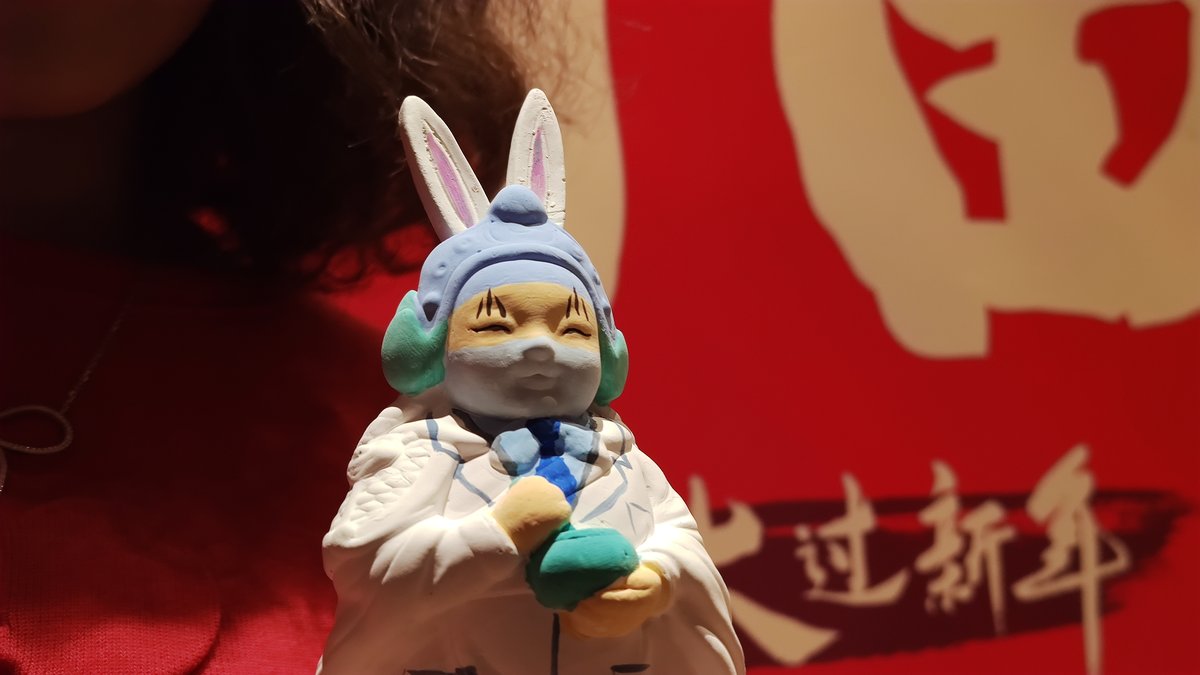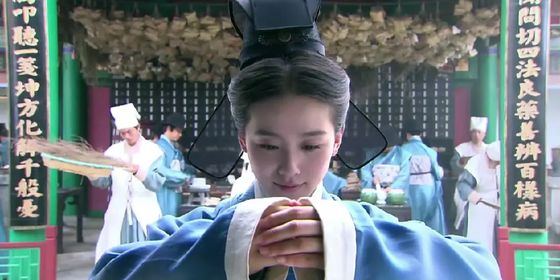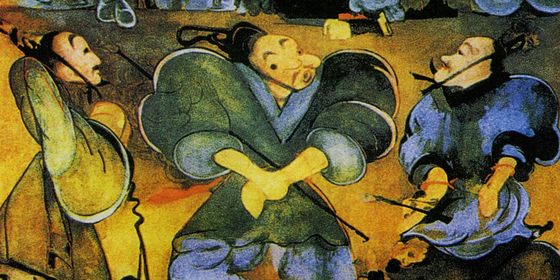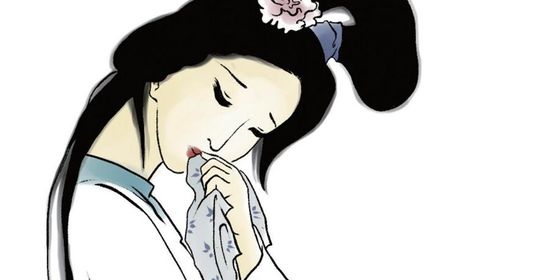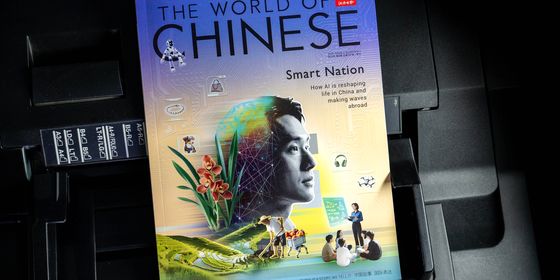Renowned for agility and cunning, this perky-eared zodiac animal was found in many sayings and legends in ancient China
“Lovely little rabbit, with fur so white, and ears so perky (小白兔,白又白,两只耳朵竖起来)…” This time-honored nursery rhyme might resurface in the minds of many Chinese people as the Year of Rabbit approaches, and images of cute rabbits start to show up everywhere in the country, from product packaging to artworks inspired by the new year. With its adorable appearance, the rabbit, as the fourth of China’s 12 zodiac animals, carries many symbolic meanings in Chinese culture, some of which might surprise you.
In ancient China, rabbit meat was a popular source of protein. As early as the Zhou dynasty (1046 – 256 BCE), there were already records of people cooking rabbit for food. In Classic of Poetry (《诗经》), China’s earliest existing collection of poetry, compiled around the 1st century BCE, a poem titled “Gourd Leaves (《瓠叶》)” documents a recipe: “Take a few rabbits; cover them in mud and roast them on the fire (有兔斯首,炮之燔之).”
According to The Book of Rites (《礼记》), a Zhou dynasty Confucian text that sets guidelines on appropriate behaviors, the rabbit is one of the eight animals that could be used as a sacrifice for the gods, which reflects that people of that time believed rabbits to be clean and auspicious.
Ancient people were also impressed by the agility of rabbits. Sun Tzu’s Art of War states that a successful army should be “still until the enemy lower their guard; and act as quickly as a fleeing rabbit so that the enemy cannot respond in time (始如处女,敌人开户;后如脱兔,敌不及拒).” The saying “动如脱兔 (move like a fleeing rabbit)” is a derivative of this line, describing nimble actions.
Though compared to cats or dogs, rabbits are not known for their intelligence, ancient Chinese seem to have seen the rabbit as a crafty animal because of how it evades predators. Strategies of the Warring States (《战国策》) records such a story: Feng Xuan (冯谖), a counselor serving Lord Mengchang (孟尝君) of the State of Qi, once advised the lord to build up political influence outside the capital, saying, “A crafty rabbit has three holes, only to escape capture; now you only have one hole, so this is no time to relax (狡兔有三窟,仅得其免死身,今君在一窟,未得高枕而卧也),” referring to the rabbit’s habit of building multiple exits to its burrow. Lord Mengchang accepted this advice, which contributed to his smooth political career. The saying “狡兔三窟 (a crafty rabbit has three holes)” is now used to describe people who always prepare multiple escape plans for themselves, though now with some derogatory color.
However, despite their agility and wit, rabbits are often used to represent weakness in many sayings due to their small size and lack of power. For example, the folk saying “狮子搏兔,亦用全力” translates to “even when wrestling with a rabbit, the lion does not spare any force.” Here the lion refers to the party with an overwhelming edge in a confrontation, with the rabbit representing the underdog who, as the saying warns, should not be underestimated. The saying “见兔顾犬 (Summon the hound only after seeing the rabbit)” means actions taken slightly later than the perfect time could still be fruitful if done right; the folk saying “兔子急了还咬人 (Even an angry rabbit will bite)” means even the most docile person will rise up in extreme situations. All of these terms use the rabbit as a symbol of fragility, vulnerability, and passiveness.
Domesticated rabbits with white fur were not introduced into China until the Ming dynasty (1368 – 1644). What Chinese people were familiar with up to that point were mostly hares with yellow fur. Except for a few albino creatures, white hares were very rare. Ge Hong (葛洪), a physician and alchemist in the Eastern Jin dynasty (265 – 420), wrote in the Daoist classic Baopuzi (《抱朴子》) of rabbits “that reach 500 years old, and grow white fur (满五百岁者,其毛色白),” possibly drawing parallel to how human hair turns gray with aging. Based on such beliefs, rabbits became gradually associated with longevity, in an almost mythological way.
Meanwhile, rabbits in unusual colors, white included, were seen as auspicious signs, known as “祥瑞 (xiángruì)” in Chinese. The Book of Song, a historical record of a 60-year period during the Northern and Southern dynasties (420 – 589), stated that “a red rabbit appears when the emperor is of great virtue.” Treatise on Astrology of the Kaiyuan Era (《开元占经》), a Tang dynasty book on astrology, claims that “a white rabbit appears if the emperor respects elders.” Although there are few records of red rabbits being sent as tributes to the court, white rabbits were more commonly offered, sometimes as a way to flatter the emperor. For example, The Book of Wei, a text recording the history of the Northern Wei dynasty (386 – 534), recorded nearly 60 such offerings. This tradition lasted until the reign of Emperor Chongzhen in the Ming dynasty. When domesticated white rabbits were introduced to China from overseas and multiplied quickly, they quickly lost their prestige.
Rabbits also played an important role in traditional mythology. The Queen Mother of the West (西王母) is one of the most well-known deities in China, who manages all the female immortals and handles heavenly punishment. In the Han-dynasty stone reliefs of the Queen Mother, there is almost always a rabbit by her side, pounding the elixir of immortality with a mortar.
The “Jade Rabbit” living on the moon with goddess Chang E (嫦娥) is most well-known mythological bunny in China. According to folk legends, Chang E was originally a beautiful woman who married an archer named Hou Yi (后羿). At that time, there were 10 suns in the sky, bestowing insufferable heat and drought on Earth. Hired by the legendary King Yao, Hou Yi managed to shoot down nine suns, leaving only one. The Queen Mother of the West rewarded Hou Yi with an elixir of immortality, which he gave Chang E to keep. But one day, when Hou Yi was out hunting, Chang E took the elixir herself—some say it was out of curiosity, others say it was to keep an enemy from stealing it. She flew into the sky, and finally settled down on the moon, where she became a goddess with a rabbit as her only companion. Gradually, these folk legends seem to have merged; some versions of the story state that the Jade Rabbit on the moon also pounds elixir all day.
Since the Han dynasty (206 BCE – 220 CE), the tradition of worshiping the moon on the Mid-Autumn Festival has been popular in China. After Chang E became known as the goddess of the moon in the Tang dynasty (618 – 907), the Jade Rabbit also became an idol to be worshiped. In literary works, the Jade Rabbit even became an elegant nickname for the moon.
In the Ming dynasty, colorful clay rabbit sculptures known as the “Rabbit Master (兔儿爷)” started to appear in Beijing. People of all walks of life bought these sculptures to worship on the Mid-Autumn Festival, and today, they are also prominently sold during celebrations of the lunar Year of the Rabbit. In the late Qing dynasty (1616 – 1911), when the rabbit was already seen as an embodiment of the moon, people referred to the clay figurines as the “Rabbit God.” Today, you can still find the Rabbit Master all around Beijing, as it has become a popular toy for children.







